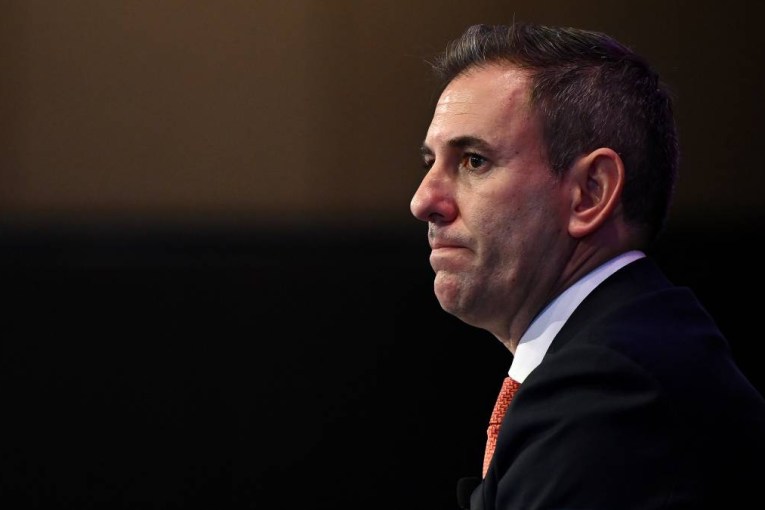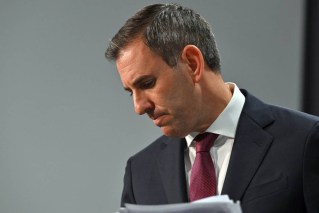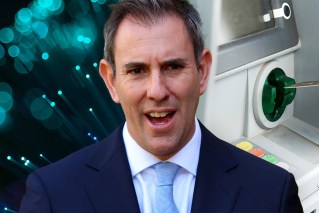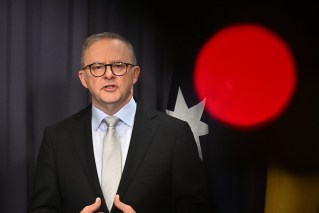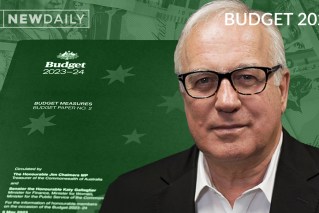Weak wages outlook emerges as key budget battleground


Annual wages growth is stuck at record lows as a result of the recession. Photo: Getty
Treasurer Josh Frydenberg won plaudits on Tuesday for delivering a big-spending budget aimed at driving unemployment below 5 per cent.
But although the government announced an extra $98 billion of new spending measures, it still expects prices to rise faster than wages over this year and next.
The budget papers show Treasury expects the consumer price index to rise by 3.5 per cent this financial year and wages to increase by only 1.25 per cent.
And the same pattern plays out in 2021-22, as well.
Wages are forecast to rise by 1.5 per cent that year while inflation is expected to pick up by 1.75 per cent.
Shadow Treasurer Jim Chalmers has seized on the forecasts as evidence that the federal budget “leaves workers behind” and has little to show for its massive spending spree.
But economists aren’t convinced that the forecasts are credible, saying the government may have purposely undercooked them so it looks good when the economy surpasses them.
Red-hot recovery
Warren Hogan, an economic adviser to SME lender Judo Bank, says the government included so much new spending in the budget that there was now a real risk that wages would rise too quickly in coming years and put undue pressure on businesses.
Mr Hogan told The New Daily the suggestion that the budget had not done enough to get wages moving was based on a misdiagnosis of the challenges facing the economy.
High job vacancy numbers suggest there is plenty of demand for labour, he said, but employers are struggling to fill these positions due to skills mismatches and a lack of migrants coming into Australia.
And so the main problem is one of supply, he said, with any extra government spending only likely to overheat the economy and cause problems for certain industries.
“We will get an outcome in my view on wages, because you are seeing record levels of labour demand ahead of the budget,” Mr Hogan said.
“The recovery in the labour market from the COVID recession has been spectacular, and the chances of an end-of-JobKeeper problem are minimal.”
Mr Hogan said if anything, the plentiful supply of stimulus could lead to disruptive wages growth of more than 3 per cent a year – above what the Reserve Bank has been calling for.
“But that’ll take many years to play out,” he said.
“In the short term, the message that I’m getting across to business is, ‘Whether or not that wage pressure actually results in an economy-wide lift in wages is one thing, but you’re still gonna have to, as businesses, deal with the fact that there is an imbalance in the labour market’.”
That means businesses will have to invest in upskilling their workforce, as they will struggle to bring in skilled migrants while our international borders remain closed.
Huge upside risk
Indeed APAC economist Callam Pickering said skills shortages were already emerging in health care and tech and would be exacerbated by the combined effect of weak population growth and large amounts of government spending.
“And that typically points towards higher wages,” he said.
Mr Pickering told The New Daily Treasury had been “cautious” with its forecast for wages after having drawn criticism for falling short of optimistic projections in the past.
He said there was “a huge amount of upside risk” to the government’s projections and the budget overall had included enough spending to drive unemployment below 5 per cent for the first time since 2011.
Stubborn expectations
But Mr Pickering also highlighted a major barrier to achieving wages growth of 3 per cent: That weak wages growth has become entrenched in community expectations.
“It’s reflected in the bargaining agreements that we see, and it’s reflected in the minimum wage,” he said.
“We haven’t had wage growth of over 3 per cent in eight years.
“And so these 2 per cent wage increases year after year are sort of what workers and businesses and unions have come to expect, and breaking that thinking could prove difficult.
“So that could be something that maybe keeps wage growth a little bit lower than you might expect given the overall conditions in the labour market.”



